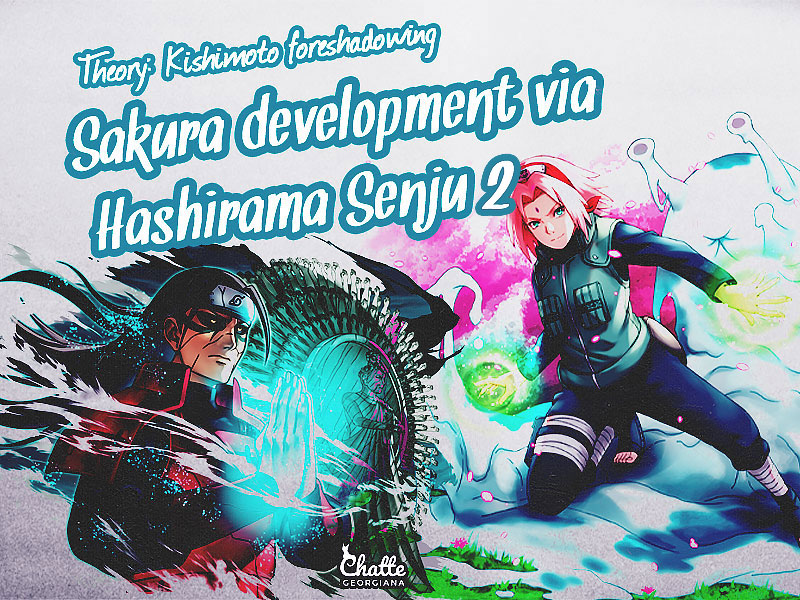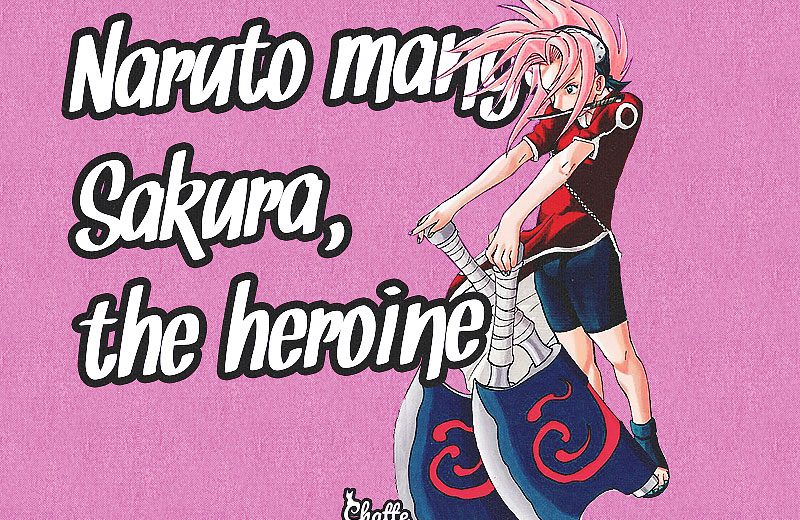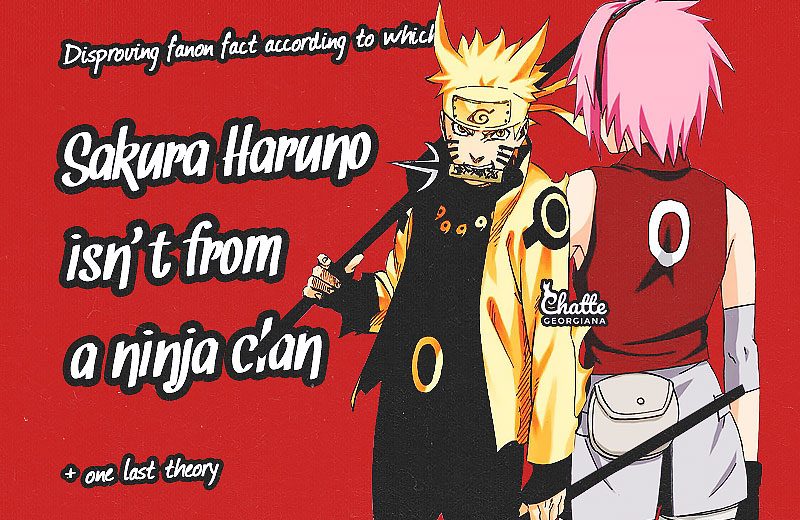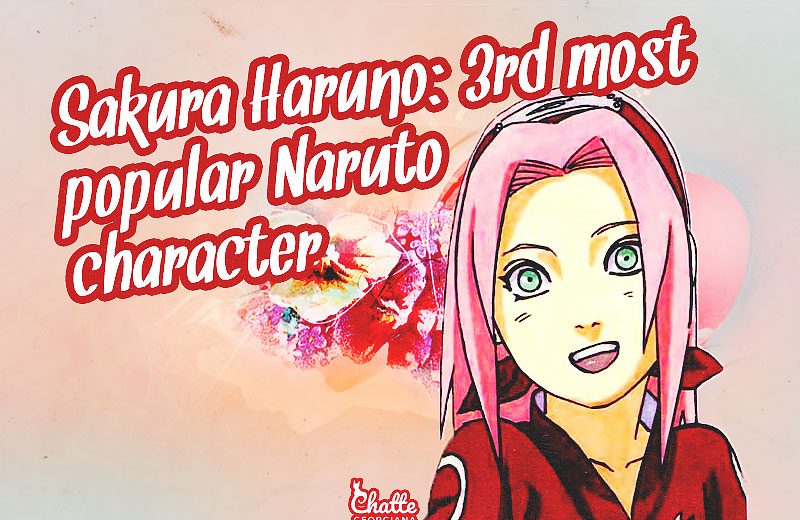Ok, here I come with Kishimoto foreshadowing Sakura’s development via Hashirama Senju (2).
I promised I’m gonna be back with an update to the initial theory from here. So, let’s get down to business.
Before going on, I have to give my thanks to Megi @ H&E forums for her insight in Japanese culture. It’s good to have a Japanese friend out there!
Table of Contents
Kishimoto foreshadowing Sakura’s development via Hashirama Senju (2) : the premise
In the previous post I had talked about how Hashirama is foreshadowing Sakura’s development from certain points of view. Now, I want to add something more to it.
Let’s look a bit at Hashirama’s Sage technique.
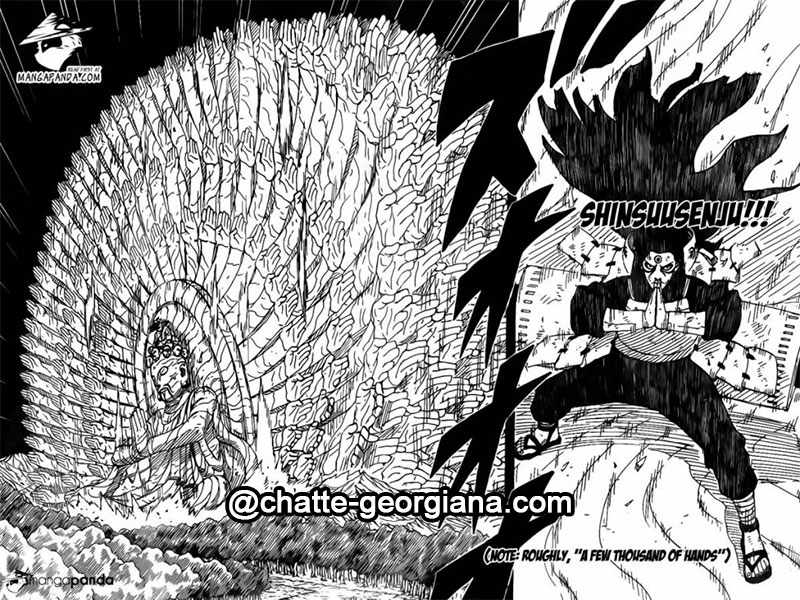
Sage Art: Wood Release: True Several Thousand Hands.
How is this translated as well, you might wonder? Let me tell you. It’s Senju Kannon.
Who is Kannon? Lord of Compassion, Goddess of Mercy.
In Mangastream’s release, we even have an explanation note in the chapter.

As we can see here, the thousand armed goddess of mercy.
In recent times, Kannon is mostly depicted as female, although Kannon is actually either male or female, both, or neither.
It was originally a male. In Japan and in many Asian countries, almost always seen as a female.
Although it gets a little confusing – Kannon is seen as female, there is another, true, female Kannon form – Tara.
There are several forms of Kannon, of course, one of them is SENJU KANNON, aka A thousand-hand Kannon.
It is said that this form of Kannon is one of six Kannon forms that watch over the six realms of karmic rebirth. Known as the “Six Paths”.
It is said, that Buddha gave this Kannon a single eye for each of its thousand hands. Each eye to see someone’s suffering, and each hand to relieve someone’s suffering.
It is also known as the MOST COMPASSIONATE.
Sakura’s connection to the principle of Kannon from Hashirama’s technique
Now, of course, people who hate Sakura would say that she isn’t compassionate at all.
But we have spoken about her compassionate nature in the other analysis of mine aka Haruno Sakura, the character, the meaning, the hate.
And we can fairly see her compassion for others around her whenever she is healing.
Or when for being over compassionate, I’d say, she was about to be attacked by those transformed Zetsu clones.


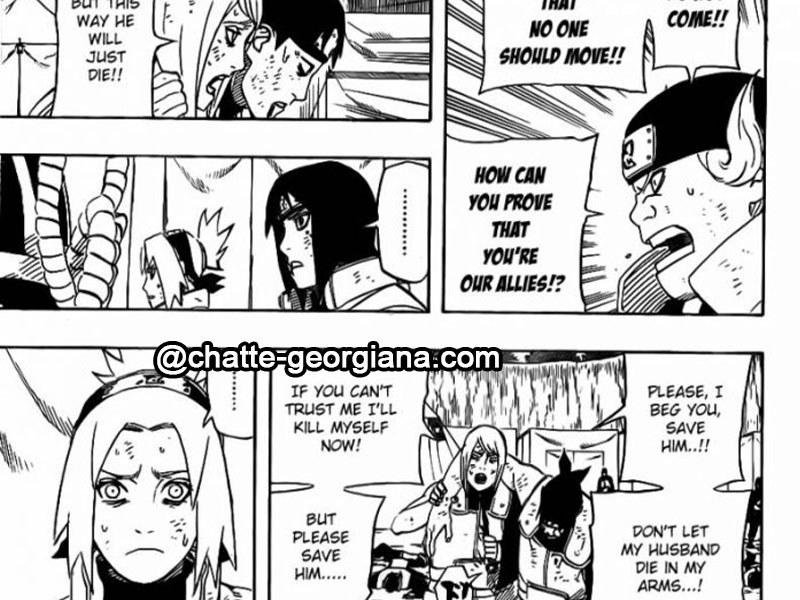
If that doesn’t scream compassion to you, than we don’t have anything to talk about. Anyway, moving forward.
Now I will touch a little on Tara because I found it quite interesting.
The principle of Tara and connection to Kanon and Sakura
Tara is true Kannon’s female manifestation.
Of course, there is white Tara (White Strength Seal). And there green Tara (healing chakra’s color).
They represent the day and night (or you could say Yin and Yang).
There are many variations of Tara.
However in Japan, they (white and green) are known to combine both of these colors.
She’s very rarely seen in Japanese culture though.
This Tara, the one depicted in Japan, is the color pale/light green. Seen as the color of wisdom.
Remember Heaven and Earth? What Sakura was represented by?
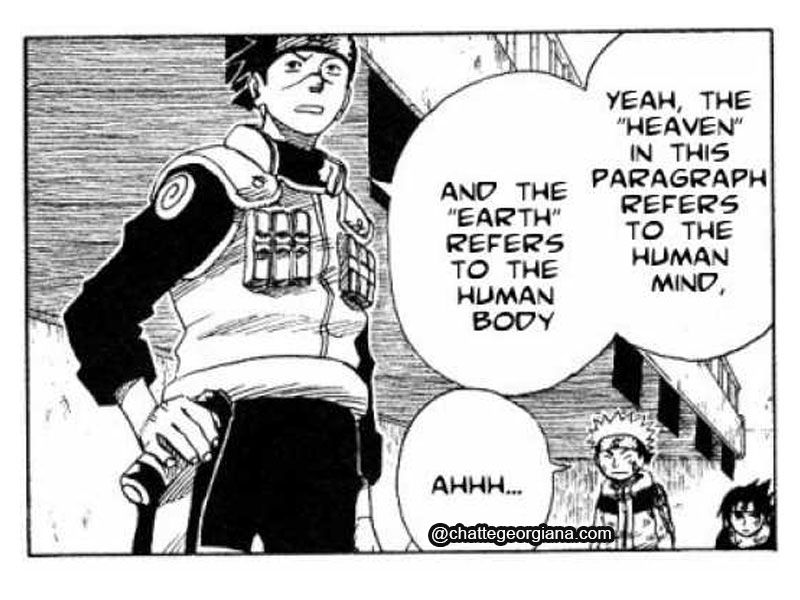

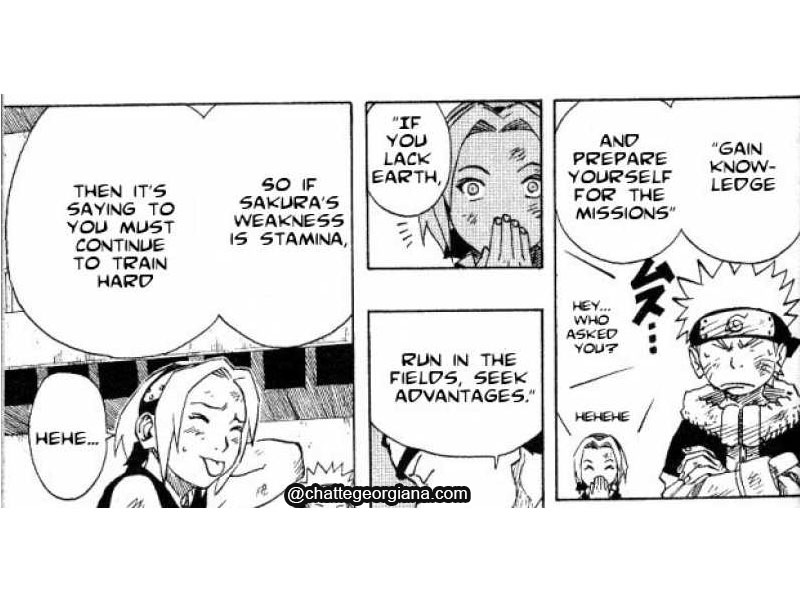
That is, because of the word “ao” 青 is Japanese term that covers a wide range of blues and greens.
From blue sky to the color of grass. So I am guessing that, if translated into English, green and blue are both seen as colors of wisdom.
Now I don’t want to make a forced connection…but Sakura’s eye color is written to be 淡い緑 (awai midori) and that literally is “light/pale green”.
Yin and Yang and Sakura’s clan symbol
Now, since we were talking about Yin and Yang and similarities between the Haruno crest and symbol back here:
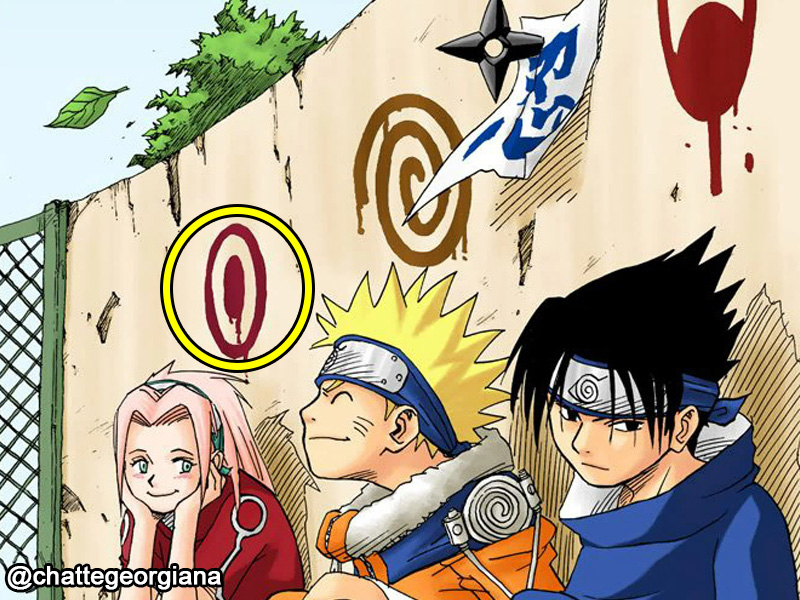

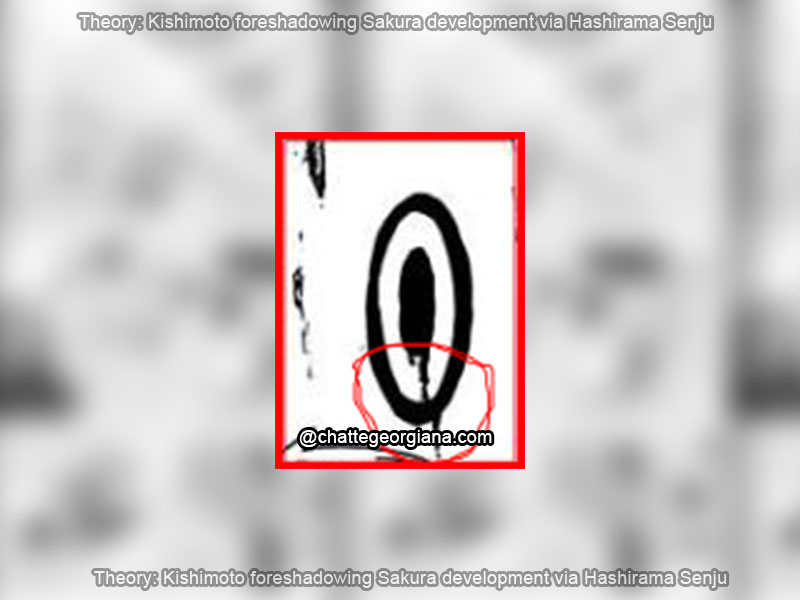
Let’s look at something else. Curiously enough or not, this is how the Yin and Yang is portrayed.

As you can see, in the middle, both of the signs representing Sakura’s symbols are to be found in the Yin and Yang representation.
Coincidence much? I would believe that no. But we already talked about what the symbols mean in the previous part of the theory.
I want to get back a bit to Tara, the female representation of Senju Kanon.
She is known as the “mother of liberation”, and represents the virtues of success in work and achievements.
Who is that particular someone who lately through her virtues of success in work and achievements has displayed something many have thought impossible?
Oh, right, Sakura!

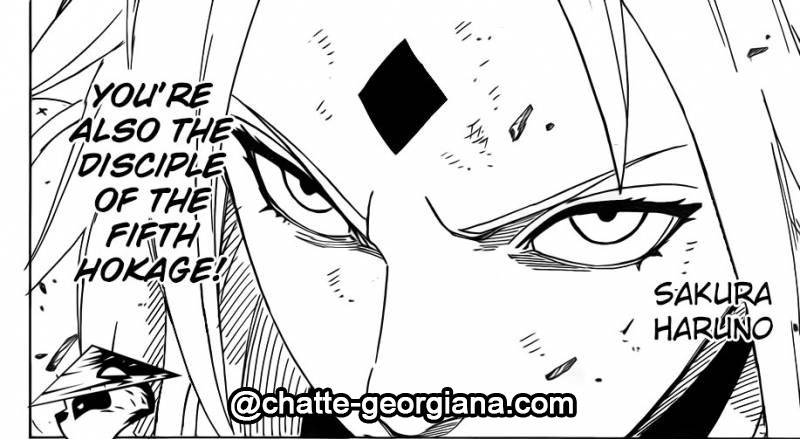
The most widely known forms of Tārā are:
- Green Tārā, known as the Buddha of enlightened activity;
- White Tārā, also known for compassion, long life, healing and serenity; also known as The Wish-fulfilling Wheel, or Cintachakra.
Now, getting back a bit to the Goddess of Mercy linked with Hashirama’s Sage technique, what do we find out more?
The many meanings of Tara
Besides, the meaning of “Tara” in tibetan is “She who saves”, in fact she in considered a goddess of mercy. Familiar much?
She who saves… What could we link it to? Oh, right! Sakura’s recent display of power in saving the lives of the shinobi in the Alliance.

Tara, swift, heroic! With a glance like flashing lightning, born
from a blooming lotus sprung from the tears on the face of the Lord of
the World!”…Avalokiteshvara was looking down from his heaven on the world of
suffering beings, and he wept to see that more and more of them were in
pain no matter how many he delivered. From the tears streaming down his
face two Taras were born, a peaceful white one from the left and a
fierce green one from the right. As the quintessence of the miraculous
activities of all Buddhas, they gave him courage not to give up striving
in his impossible task.Tara, the Saviouress, is one of the most beloved Goddesses in Buddhism.
Images often show her as a charming youthful girl of about sixteen years
of age, but do not be deceived. She is an ageless Goddess who embodies
Perfect Wisdom.Tara [Dolma in Tibetan] means “She Who Saves,” “she who leads across,”
or “star.” She is also called Holy Mother Tara, Green Tara and White
Goddess Tara. As a manifestation of the Divine Mother, Tara symbolizes
the white flame of purity.White Tara and Green Tara are two of her more popular manifestations and
those who come to know them view both with great affection. The peaceful
White Tara is the image of wisdom and purity and the dynamic Green Tara
is the Goddess of Action. As Mother figures they instantly offer
protection and assistance to those who call upon them for help.
How they translate to Naruto manga, Hashirama and Sakura
Let’s touch a bit some bolded parts.
Born from a blooming lotus. We all know that Hashirama is actually linked to the Lotus flower and actually one of his techniques is related to flowers.
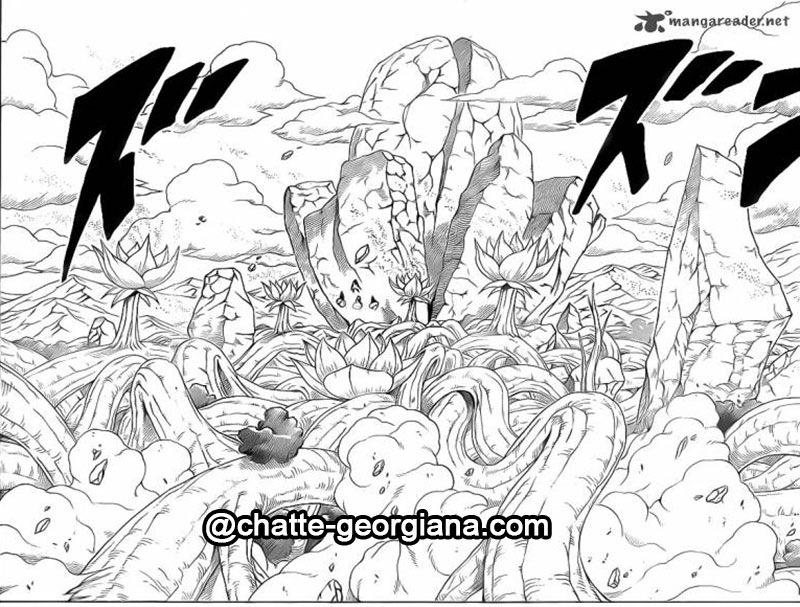
Wood Release: Advent of a World of Flowering Trees.
As we can see here, the flowers which appear are actually Lotus flowers.
It is shown to us later, that the representation of Hashirama’s cultivated cells is a big lotus flower.
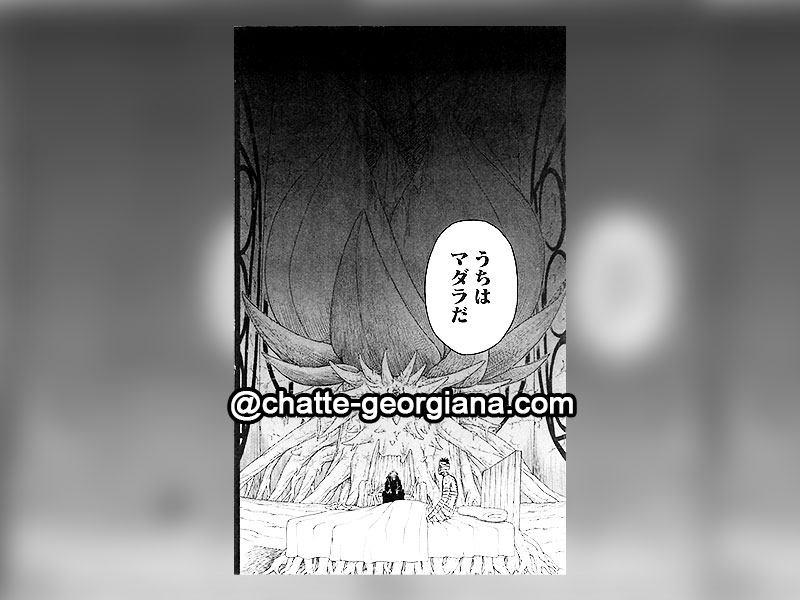
What would be the connections, you’d think… Well, let us look a bit.
One of the representative images of Buddha, is showing him with a diamond-shape like thing on his forehead.

And what is also interesting is that, the Sakura flower represents Buddha’s teachings as a whole.
There are many other links between the sakura flower and buddhism which links both Sakura and Hashirama.
About those, I’ll talk on another time as I need some research time. Done few, but need a little more.
What is interesting, is that lately, Sakura has been portrayed as becoming the incarnation of Tara, the female version of Senju Kannon.
Coincidence much or not? Once again, as I said, I think not.
Also, I’d like to thank as well Miiami for helping me out as well with different info about the whole buddhism thing.
Two Taras were born, a peaceful white one from the left and a fierce green one from the right.
The white part could be fairly linked to her White Strength seal and we all know that Sakura is a fierce young lady.
About sixteen years of age.
Conclusion
We all know that Sakura currently is 16 years old. Coincidence much that Kishi decided to show her powers exactly when she’s 16?
She is an ageless Goddess who embodies Perfect Wisdom.
We already talked about this as Sakura was linked to the Wisdom (heaven) back in the days and given her seal now, she could use the same transformation technique as Tsunade to appear ageless, as in younger, when she’s in fact, older, just like her master.
She Who Saves, she who leads across.
In the manga it is already shown how Sakura healed the entire shinobi army. She who leads across you might ask? Coincidence much that in the past chapters, Sakura gives a speech that arouses all the alliance shinobi?
As already mentioned, Sakura is on the sure road to become a full-fledged Tara, the female manifestation of Senju Kannon.
Till next time, when I plan to talk more about the connection between Sakura flowers and Buddhism yours truly Chatte, wishes you the best!

